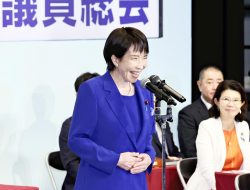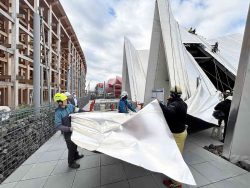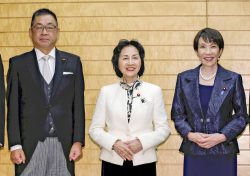Japan’s Boards of Education Can Lead Positive Change; Real-Life Examples Show They Needn’t Be Stuck in Past
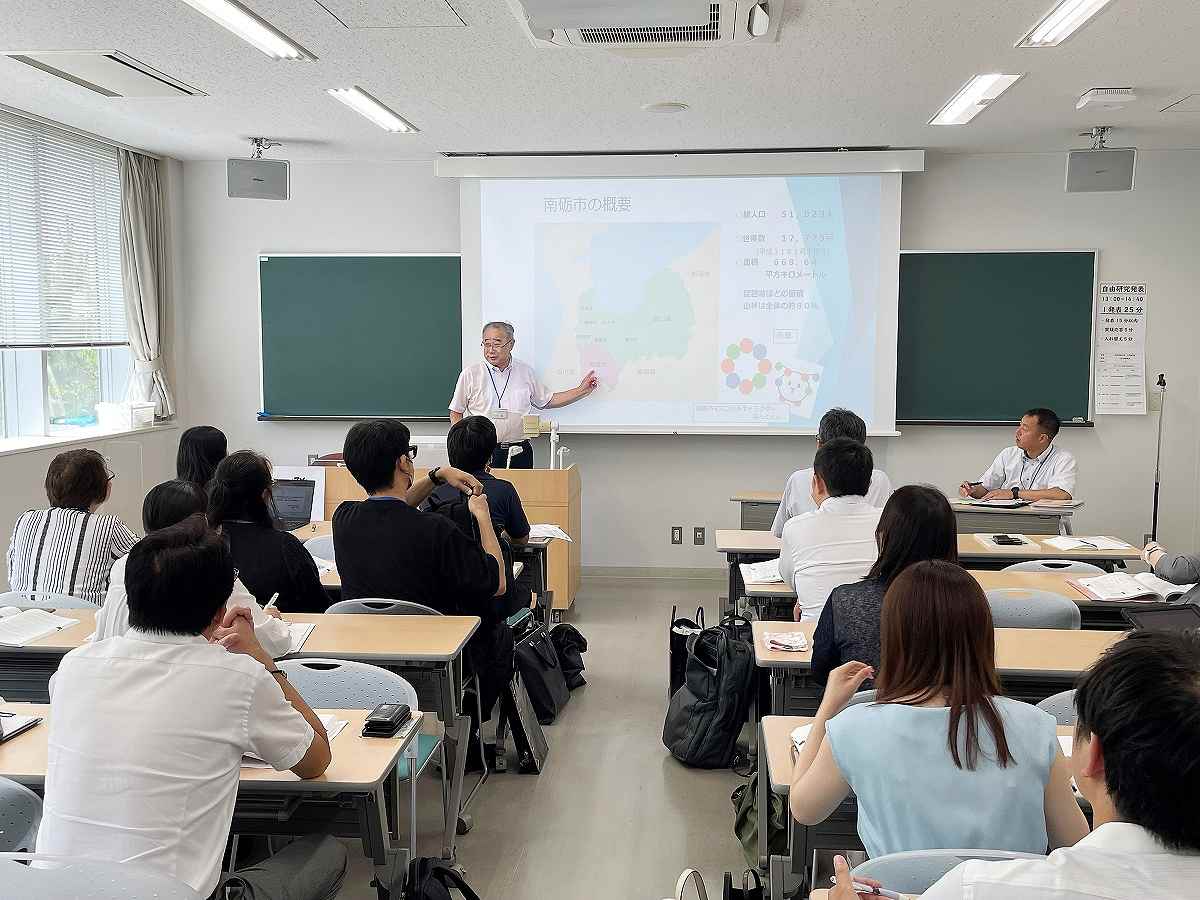
Nanto City, Toyama Prefecture, Superintendent of Education Kenichi Matsumoto speaks at an academic conference in Niigata City in June, explaining how Nanto reduced the burden on teachers and improved the quality of teaching with few educational resources.
8:00 JST, August 3, 2024
The words “board of education” can conjure up negative images. You may recall a scene where a board superintendent bows and apologizes at a press conference when there has been an accident or scandal at a school. If you are a parent dissatisfied with your child’s homeroom teacher and can’t resolve it with the principal, you may turn to the board of education. Despite these negative images, however, I believe there are more positive roles that are not well-known to the public.
To gather information on such positive roles for an article in The Yomiuri Shimbun, I visited a municipal elementary school in Nanto, Toyama Prefecture. I went to observe the “Team Homeroom Teaching System” introduced there. The city has a declining birth rate and a shrinking population, making it difficult to secure enough experienced teachers. Therefore, the board of education encourages combining classes when needed so that experienced and inexperienced teachers can work together.
Elementary school teachers are busy because they teach all subjects as homeroom teachers. Even if they put a lot of effort into preparing lessons, they only teach each lesson once — just for their own class. As a result, teachers’ work has become inefficient and burdensome in recent years, especially when there is a mountain of other tasks and problems to deal with in addition to teaching. In the higher grades, specialized teachers may handle subjects like science and English, but still, the homeroom teachers often don’t get a break until all classes are over for the day.
When two teachers cooperate in teaching, the burden is greatly reduced. Experienced teachers or those proficient in specific subjects can lead the classes, allowing younger teachers to learn excellent teaching methods. By simply relaxing the traditional idea about what a homeroom teacher should be like, we can solve various issues.
What’s revolutionary in Nanto is that they also encourage such joint classes across grades, like combining first and second grades, or third and fourth.
For some subjects, such as music, art, physical education and ethics, the National Curriculum Guidelines set goals and content in two-year increments rather than by grade level. This means you can teach certain content anytime within those two years. For example, morning glories, which are usually grown by first graders to learn about the importance of living things, can be grown by second graders. Likewise, sewing and cooking can be taught to either fifth or sixth graders.
Such joint classes are familiar in small branch schools in mountainous areas where one teacher handles two grades. “So, it should be fine to do it in regular schools too. We confirmed with the Education, Culture, Sports, Science and Technology Ministry that there’s no problem,” Nanto Superintendent Kenichi Matsumoto, 67, explained.
Teachers in the city welcomed this system. A third-grade teacher in her 20s said: “Multiple teachers can watch over students who need attention. We can learn by observing veteran teachers’ classes.” A fourth-grade teacher in his late 20s said: “We can prepare classes and study teaching materials more efficiently. When someone needs a break, there’s always someone to step in, so it’s a relief mentally.”
Two months later in late June, Matsumoto went to Niigata City to make a presentation at a national conference on exploratory learning. Before becoming superintendent in 2019, he had experience as an elementary and middle school teacher, and a university professor.
Before researchers and teachers from all over the country, he emphasized: “The biggest problem is that many people still believe that what we have always done is the only way. Principals should innovate together with everyone to make things easier and more effective. If something doesn’t work, stop it — even mid-year. Our motto should be to review all post-World War II ‘norms.’”
A board of education is an organization whose members discuss and execute educational administration. Such boards exist in all prefectures and municipalities. To avoid sharp policy changes with each election, the principle of “layman control” has been maintained. However, while this provides long-term stability, it often results in resistance to necessary changes.
Recently, though, boards of education seem to be changing rapidly. The catalyst was the 2011 bullying-related suicide of a junior high school student in Otsu, Shiga Prefecture. The city’s board of education failed to take prompt action, revealing ambiguity as to where responsibility lay. The Central Education Council made recommendations that resulted in legal changes giving governors and mayors, as well as newly empowered superintendents, more responsibility, leading to more active initiatives.
At the Niigata academic conference, in addition to Matsumoto’s presentation, there were many presentations exploring the possibilities of boards of education. One example was Setagaya Ward in Tokyo. While Nanto has a population of 46,000 and about 3,000 elementary and middle school students combined, Setagaya Ward has a population of 910,000 — 20 times larger — and 50,000 students in ward-run schools alone.
Setagaya Ward started a project called “Hello Career Work” in February 2023 to leverage the educational potential of local businesses, organizations and families. To test the skills acquired through the exploratory learning emphasized in the ward, children were placed with companies to work on real-life problems the businesses faced, an idea conceived by the then superintendent.
For instance, fifth and sixth graders who went to a local real estate agency tackled the challenge of utilizing vacant lots. Without adult direction, the children took the initiative, conducted field surveys, gathered information and organized ideas on sticky notes. This led to various proposals, such as creating exercise spaces or places for truant children, which they presented to the real estate company president. In recognition of their abilities, the children were invited to participate in organizing community events like summer festivals.
Workplace experiences are already part of career education in elementary and middle schools. “Rather than leaving them simply as experiences, we had them tackle real issues. We want the children to learn what roles they can play and how to use their abilities in society,” explained Yuya Takahashi, who was in charge of the project at the board of education and is now the vice principal of Setagaya Ward’s Seta Junior High School.
As a result of the project, there is growing understanding among local businesses, which are increasingly cooperating with schools, such as by providing guest lecturers. A system to share and recognize career education efforts in each school has also been created. The board of education is setting up an environment to create schools open to society.
While there is an urgent need for education to be open to society, the functional enhancement of boards of education is also underway. According to an education ministry survey, 89.6% of prefectures and designated cities and 97.1% of municipalities had their superintendents participate in professional training in fiscal 2022. In some municipalities whose leaders are enthusiastic about education policy, young officials from the ministry are being recruited as superintendents, actively incorporating the latest knowledge into practice.
There are limits to what schools alone can do to improve classes and educational environments. With more boards of education run by education administration professionals and experts, they can better manage education in changing times. Therefore, we may have to be more positive about our boards of education and cooperate with them more.
Political Pulse appears every Saturday.
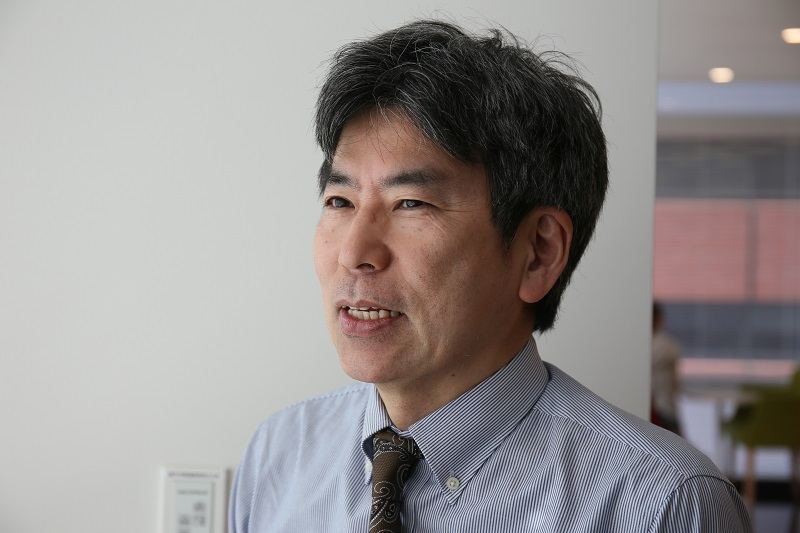
Makoto Hattori
Hattori is a staff writer in the Education News Department of The Yomiuri Shimbun
"Editorial & Columns" POPULAR ARTICLE
-

Violations of Subcontract Law: Major Automakers Must Eliminate Old Practices
-

Local Governments’ Tax Revenues: Devise Ways to Correct Imbalances in Tax Sources
-
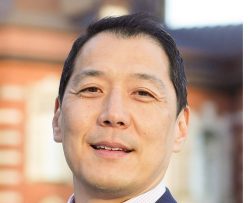
5 Japanese Business Dinner Mistakes to Avoid — and What They Taught Me About Business in Japan
-

Heavy Rains in Asia: Support for Victims, Flood-Control Measures Urgently Needed
-

Rice Coupons: A Misguided Approach to Countering Rising Prices
JN ACCESS RANKING
-

Tokyo Economic Security Forum to Hold Inaugural Meeting Amid Tense Global Environment
-

Keidanren Chairman Yoshinobu Tsutsui Visits Kashiwazaki-Kariwa Nuclear Power Plant; Inspects New Emergency Safety System
-

Imports of Rare Earths from China Facing Delays, May Be Caused by Deterioration of Japan-China Relations
-

University of Tokyo Professor Discusses Japanese Economic Security in Interview Ahead of Forum
-

Japan Pulls out of Vietnam Nuclear Project, Complicating Hanoi’s Power Plans



